Uji – Asahiyaki and new green tea
-
April 2007, Uji, Japan.
French version
-
Uji is a small town south of Kyoto. The city is crossed by a river that flows through a very wide bed before it disappears from our eyes amidst the surrounding mountains. In Srping time when the new green tea becomes available, along the banks of the river, the cherry blossoms brighten a landscape still numbed by winter.
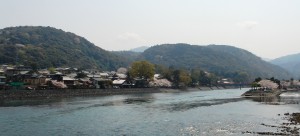
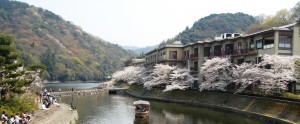 *
*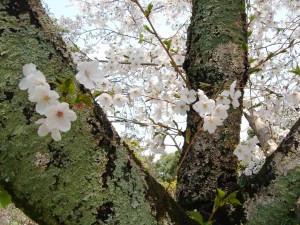
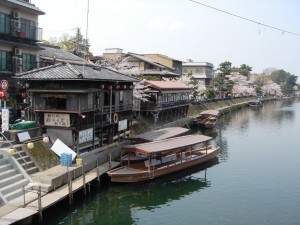
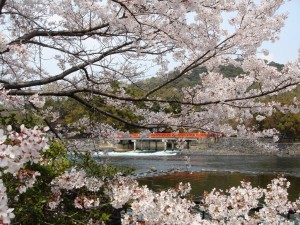
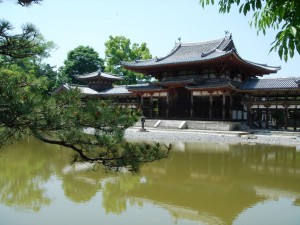
-
The tea can be bought from the shops on the path to the Byodo-in, a magnificent building dating from the Heian period. Populated with trees that change colours with the seasons, more than any other, the garden of the Byodo-in embodies impermanence.
In Japan there is a pleasure found in living while knowing that, like cherry blossoms, everything is ephemeral. From this feeling emaning from the impermanence of all things emerges a form of enjoyment of the present moment that haiku poets master to capture in a few words. Since all is illusion, one must enjoy the present moment. Record the feeling before it disappears to be able to bring it back later, often.
The feeling of impermanence is the foundation of Japanese aesthetics. It is the very one that makes flowers so precious and gives such charm to wooden shacks, mud walls, paper windows, bowls with imperfect shapes and colours; it is also somehow what contributes to make people humble, modest and discreet.
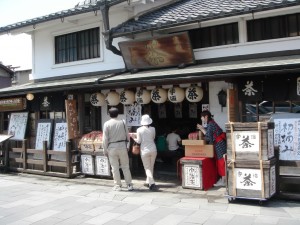
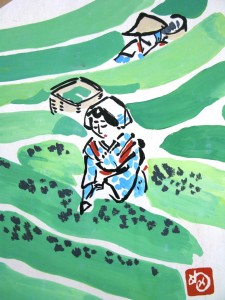
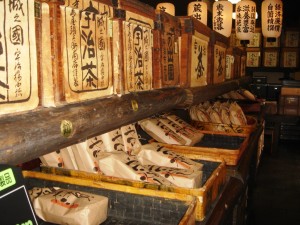
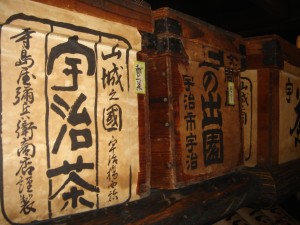
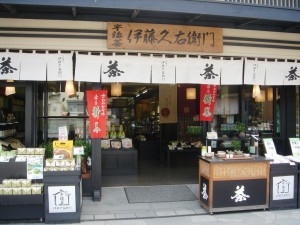
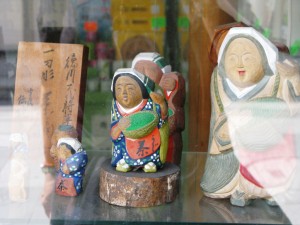
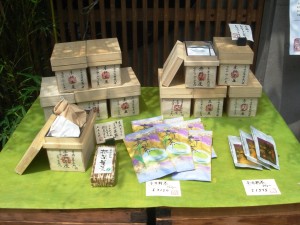
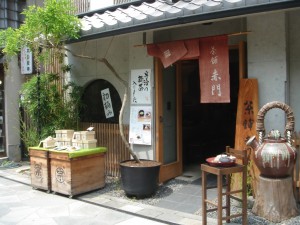
Green tea is slightly bitter. Hot or cold, in powder or leaves, people consume a lot. Kukai, also known as Kobo Daishi, the great saint of the Shingon sect, was one of the first to introduce the precious beverage in Uji to prevent the monks from falling asleep during meditation and keep them healthy the rest time
The statue of Murasaki Shikibu appears smiling. Resolutely she turns her back to the large bridge and the river as if completely detached from the past battles and the time that has fled. Uji is also somehow the town of « Genji Monogatari » the great novel written in the Heian era that traces the life of Prince Genji and his descendants, a story of the prince thought the seasons of his life.

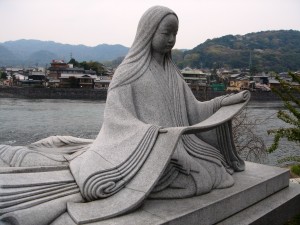
Uji is a place that inspires nostalgia. Nostalgia for what might have been, for the time spent on dreams that have not come through, on stories without an end, on youth that will not return. All these projects that remained on the shelf, all this imperfection of oneself that one must finally end up accepting together with all the rest.
On the opposite bank a renowned potter produces bowls for the tea ceremony. Bowls for use in summer have a very broad base to allow the tea to cool down more quickly. Inside, the bowl bears some simple decoration, very similar to calligraphy strokes, an evocation of the insects and the fishes that populate the river at this time of the year. These bowls carry a resemblance with the tea bowls that one can find in Hagi.
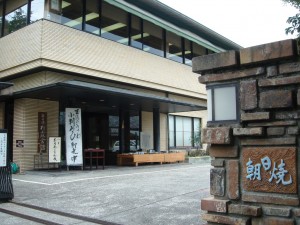
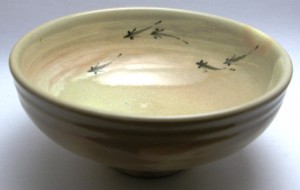
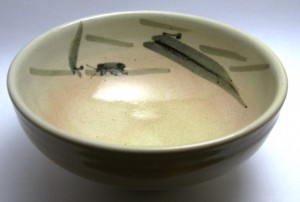
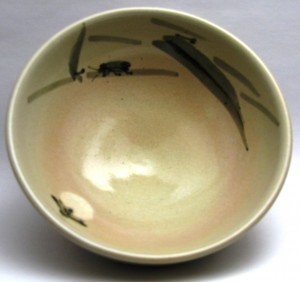
Ce contenu a été publié dans
Japon,
Uji. Vous pouvez le mettre en favoris avec
ce permalien.

 *
*

















